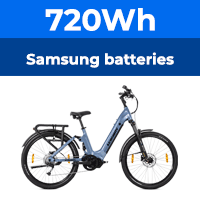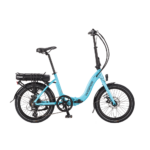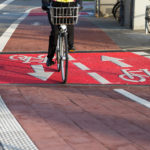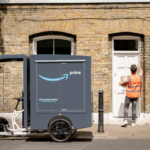I know of no published reference now, but the basis of the speed limits in Japan, the UK and the EU in all cases was what was considered to be normal cycling speeds for utility cyclists, excluding sport cyclists who are considered not to need assistance.
The Japanese law is the strictest, based on an assumption that a normal cycling speed is 15 kph (9.4 mph). Therefore they require that power continuously phases down from that point and ends completely by 24 kph (15 mph). The result of that is very weak assistance by about 12 mph. You can read more about that in my article on the operation of the original Panasonic system
on this link.
The original UK law considered normal utility cycling speed to be 12 mph, so the speed limit power cutoff for electric-assist bikes was fixed at that at the outset. There was no power phase down prescribed and throttles are allowed. However, the EU policy of transport harmonisation meant consistency with Europe, so in 1987 that limit was increased to 15 mph, roughly equivalent to the EU's 25 kph limit. The prospect of allowing such fearful speeds scared parliament sufficiently to introduce a lower age limit of 14 years as well at that time, unique to the UK within the EU.
And as you will have derived from the above, the EU view on normal cycling speed is 25 kph (15.6 mph), but their law which also exists in parallel here in the UK requires power to phase down as it approaches the cutoff speed (but no slope gradient or point of phase down start prescribed) and control by pedalling, no power allowed without pedalling.
Currently our UK regulations and the EU regulations are under review and changes will appear in about a years time, when it's expected that UK and EU law will be very closely aligned.
.







